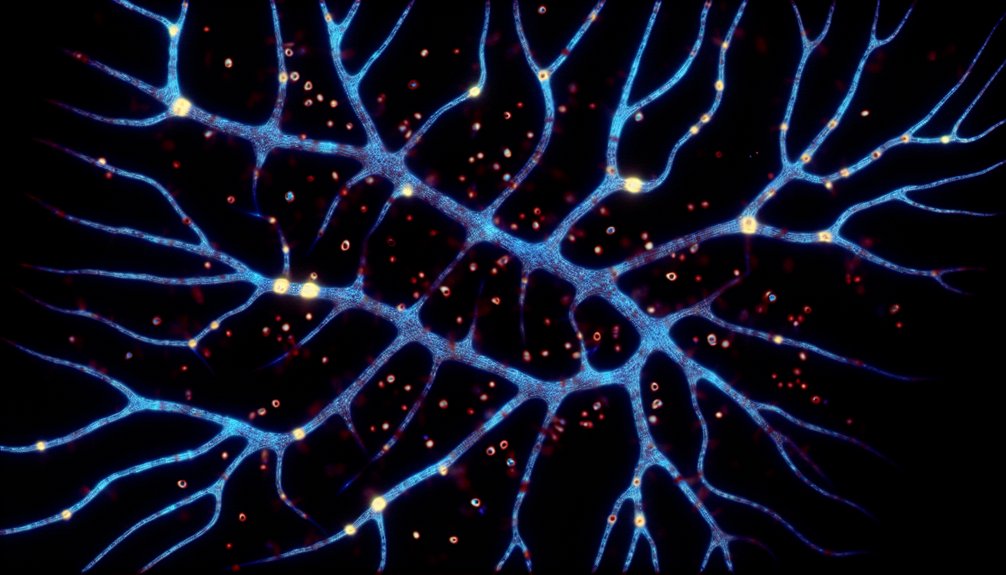In 2025, exciting advances in diabetic neuropathy shine a light of hope for those affected. Researchers are harnessing the power of stem cell therapy to rejuvenate damaged nerves, bringing relief from pain. Predictive modeling allows for earlier diagnosis, helping spot risks before symptoms worsen. Together, these breakthroughs promise brighter futures. People are embracing lifestyle changes and innovative combination therapies. It’s a journey filled with perseverance and optimism. Those enthusiastic for deeper insights will find even more uplifting stories ahead.

As researchers explore deeper into the world of diabetic neuropathy, they uncover glimmers of hope that could transform the lives of millions. Stem cell therapy is at the forefront of this revolution, showing promise in promoting nerve regeneration and alleviating pain for those suffering from this challenging condition. Mesenchymal stem cells (MSCs), sourced from places like bone marrow and adipose tissue, are proving to be particularly beneficial. They release factors that help reduce inflammation and protect nerve cells, which could be a game-changer for many patients.
Excitingly, preclinical studies indicate that MSCs can combat oxidative stress and neuroinflammation, two major culprits in diabetic neuropathy. One fascinating approach involves the nasal administration of these cells, which has reversed symptoms in animal models. This non-invasive method holds potential for making treatment more accessible to patients who often face barriers to care.
Preclinical studies reveal MSCs’ potential in reversing diabetic neuropathy symptoms through innovative nasal administration, enhancing treatment accessibility.
Moreover, advances in predictive modeling are enabling earlier diagnoses. By identifying key risk factors from over 1,180 diabetic patients, researchers have created models that can pinpoint those most at risk of developing neuropathy. This means that early intervention can occur, especially in resource-limited settings. With structured screening algorithms and heightened physician awareness, timely identification of this condition is becoming a reality. Up to 50% of individuals with diabetes may develop diabetic neuropathy, highlighting the urgent need for these advancements.
Recent discoveries about neurodegeneration have added another layer to our understanding. Researchers have found that the dorsal root ganglion’s degeneration plays a significant role in diabetic neuropathic pain. This insight opens doors for new therapeutic strategies focused on protecting nerve cell bodies, not just peripheral nerves.
With around 11 million Americans affected by diabetic neuropathy, these revelations could change countless lives. Approximately 45% of individuals with diabetes may also suffer from neuropathy, as ongoing research and clinical trials continue to show promise. As we look to the future, therapies combining antioxidants like alpha-lipoic acid with lifestyle modifications are emerging as essential parts of managing this condition.
With ongoing research and clinical trials, the horizon seems brighter for those traversing the challenges of diabetic neuropathy. Hope is growing, and for many, transformation may soon be within reach.
